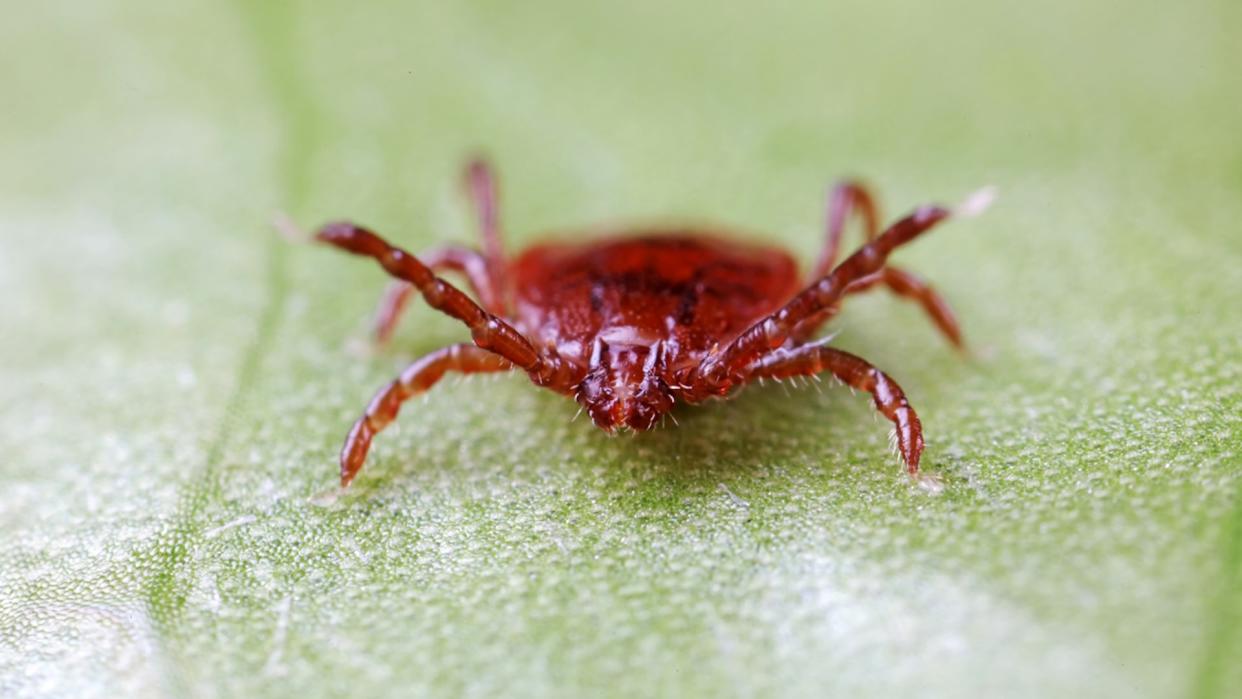Scientists make concerning discovery about proliferation of invasive ticks: 'Emphasizing the significance of long-term monitoring'

The discovery of a tick species in the United States from outside the country has shown how rapidly invasive ticks can increase. According to Entomology Today, a group of scientists published a report showing how fast this tick population grew in a few years.
What happened?
The first Asian longhorned tick (also known as Haemaphysalis longicornis, which is native to Asia) population was discovered in the U.S. in New Jersey in 2017. However, this wasn't the first longhorned tick detected in the US. The first one was found in 2010 in West Virginia, and another in New Jersey in 2013. Those were only identified as the longhorned tick after 2018, when reports were published about the longhorned tick population in New Jersey.
Over 100 tick species from outside the U.S. are already in the country. This is because of arthropods, like insects, being transported through international trade and their habitat ranges growing because of rising temperatures.
To combat the increase of invasive ticks, researchers created a report on the Asian longhorned tick. Their report revealed that it first appeared in Staten Island, NY, in 2014, and its population has grown rapidly since then, found in other states such as Arkansas.
The report, compiled by the New York City Department of Health, Aberdeen Proving Ground in Maryland, the Monmouth County Mosquito Control Division in New Jersey, and Rutgers University, was published in the Journal of Medical Entomology.
After the 2018 report, three of the 115 tick samples taken from Staten Island, Brooklyn, Queens, and the Bronx in 2014 and 2015 were identified as the longhorn species.
Watch now: What would Alex Honnold do as dictator for a day?
From additional samples in a Staten Island state park, researchers discovered 2,000 longhorned ticks were present yearly between 2017 and 2019. The numbers decreased in 2020 and 2021 but increased in 2022.
Why are invasive ticks concerning?
Ticks are known to carry diseases and spread them to humans. The Asian longhorned tick is known to carry Rocky Mountain spotted fever, Heartland virus, and Powassan virus. The ticks collected were tested for the bacteria that causes Rocky Mountain spotted fever, and luckily, researchers did not find it.
While these ticks don't appear to bite humans, they pose a threat to livestock and can potentially spread pathogens to other ticks that do bite humans.
What is being done about invasive ticks?
"The extensive surveillance efforts at Clay Pit Ponds State Park unveil the establishment and proliferation of Haemaphysalis longicornis, emphasizing the significance of long-term monitoring in unraveling population dynamics," said Waheed Bajwa, Ph.D., executive director of vector surveillance and control for the New York City Department of Health.
Dismantling their population can include using pesticides that target ticks and managing areas in and around where they are found to limit their ability to migrate farther.
"Regular surveys, reporting systems, and citizen science initiatives can enhance monitoring efforts, contributing to a comprehensive strategy aimed at reducing the spread and impact of invasive tick species," Bajwa said.
You can also prevent tick bites by using insect repellents and treating pant legs and boots with 0.5% permethrin, though careful checks during and after any hiking through tall grass or forested areas are still the most important steps to take.
Join our free newsletter for cool news and cool tips that make it easy to help yourself while helping the planet.

